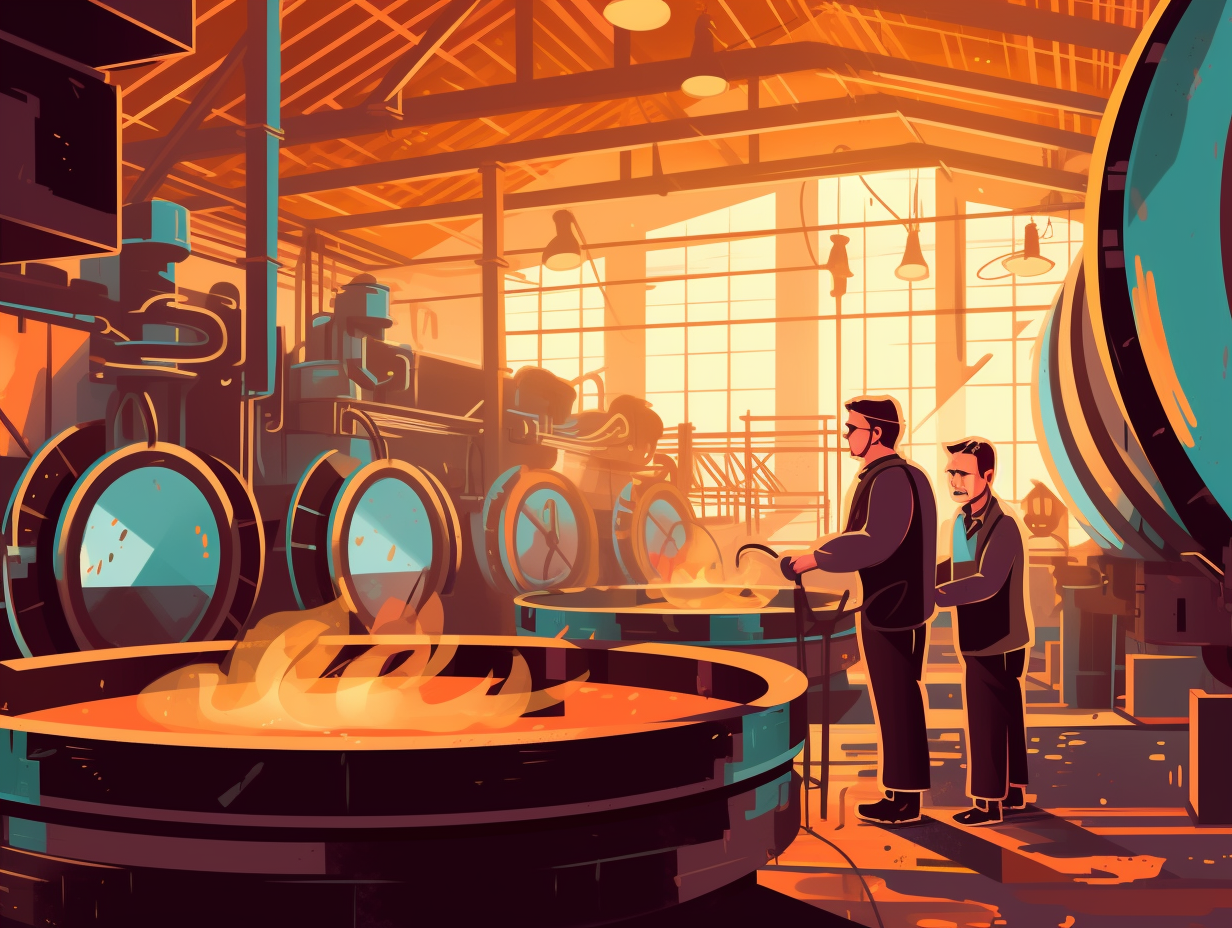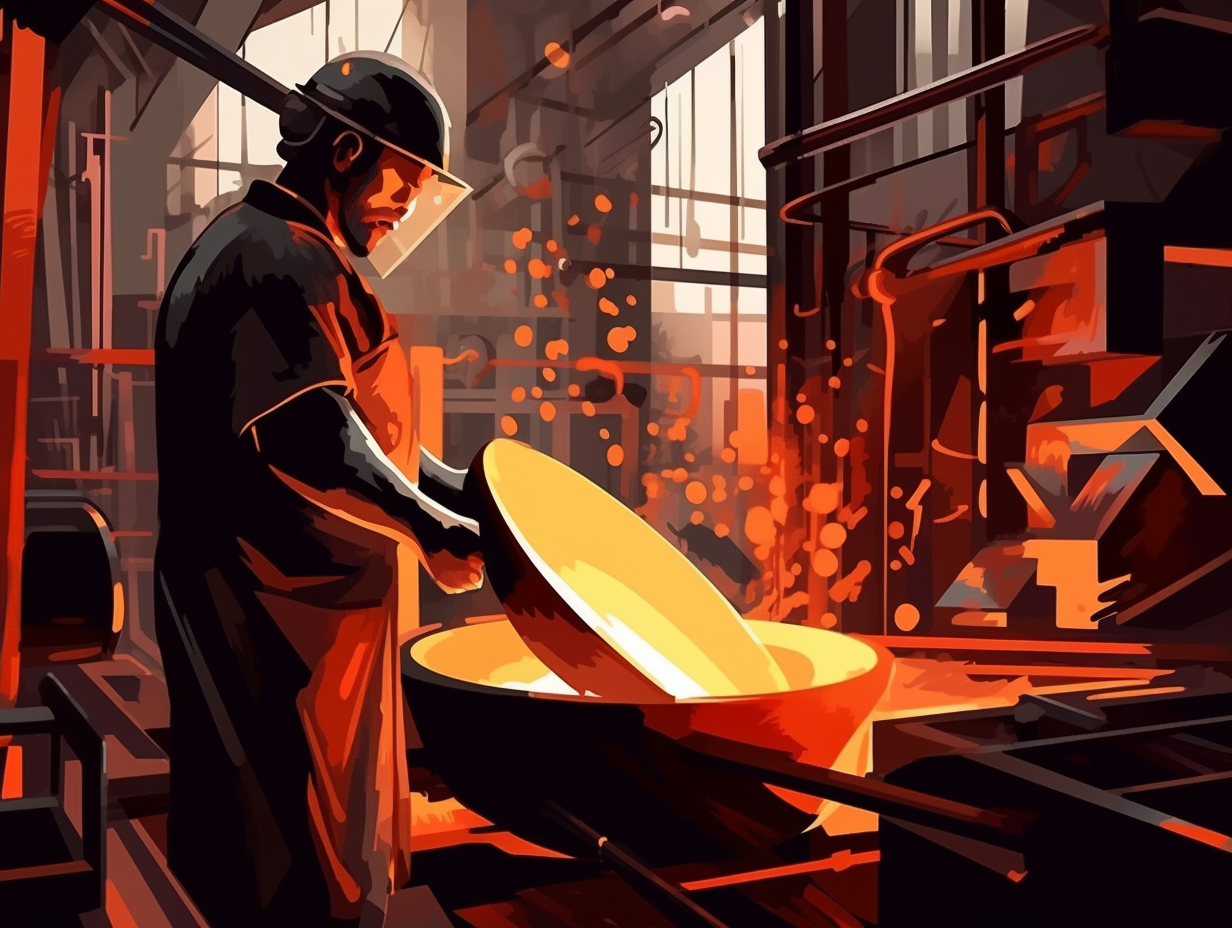8 Fascinating Fun Facts About Gears: Discover Their Intriguing Mechanics and History!

1. Gear Teeth Profiles: More Than Just a Pretty Smile
If gear teeth could talk, they'd probably boast about their stunning profiles and how they're not just "tooth-deep" in their functionality: The ingenious designs of involute, trochoidal, and cycloidal gear teeth play a crucial role in determining the speed ratio and efficiency of power transmission while flaunting their own unique advantages in durability and reduced interference.
Source => thomasnet.com
2. Bike Gearing: Pedal-Powered Math Whizzes
Who would've thought your bike gearing could turn you into a bona fide math whiz, calculating teeth on a whim like a cycling savant: The gear ratio of your favorite two-wheeled friend is determined by the number of teeth on the crankset, rear sprocket, internal planetary gears in hub-geared bikes, and bevel gears on shaft-driven ones—with a range from a modest 3 all the way up to a mind-boggling 33 gears on some setups, although not all of them would be distinct as they may overlap or be misaligned.
Source => en.wikipedia.org

Discover the magical world of levers and their fulcrum-to-load secret sauce that helps us grip, turn, dig, cut, and lift like champs, making our lives easier in the most ingenious ways! 🎩✨💪
=> Fun Facts about Simple-Machines
3. Gears Breaking a Sweat: The Importance of Cooling
Though it may not be the hottest topic around, gears of all shapes and sizes actually find themselves regularly breaking a sweat: the friction and churning within gear drives generate heat, causing potential damage and shortening the oil's lifespan. To prevent such a meltdown, it's crucial to pick gear drives with the right thermal rating and take into account factors like ambient temperature, altitude, air velocity, and duty cycle. There's even an array of sizzling cooling options, including shaft fans, water cooling, oil-to-water cooling, and the innovative DuraPlate cooling system built into the Falk V-Class Drive, which efficiently cools the gearbox without the need for external assistance.
Source => rexnord.com
4. Galileo's Astronomical Martini: Friction Drives for Telescopes
If Galileo walked into a bar and ordered a martini, he'd want it just like his telescopes—shaken, not stirred, with a twist of friction drive: Friction drives are an excellent choice for astronomical telescopes as they provide smooth, stable rotation without the need for lubrication and have zero backlash, ensuring highly precise celestial observations.
Source => dfmengineering.com

5. Gears Dancing the Twist: The First Automatic Transmission
Gears got tired of playing second fiddle to the cha-cha and decided to dance the Twist on their own: The first automatic transmission, developed for military vehicles, used a hydraulic system to eliminate manual clutching and shifting, making driving more accessible for those with physical disabilities and eventually leading to the Oldsmobile Hydramatic transmission's debut in 1940.
Source => americanhistory.si.edu
6. Gears: Cogs in the Wheel of Progress Since Ancient Times
Long before Greek gods even dreamt of spinning razor-sharp discs at their enemies like divine Beyblades, mortal folk put gears to work in a tamer fashion: Gears have been a cog in the wheel of progress since as early as the 4th century BC, helping us efficiently transmit power, and the clever use of the involute gear profile ensures a smooth interplay between gears, which unfortunately haven't yet mastered the art of sophisticated conversation.
Source => khkgears.net
7. Rolling in Lunar Style: Airless Tires for Moon Mobility
Hold onto your moonboots, lunar road warriors, for a celestial spin: Goodyear is partnering with Lockheed Martin and MDA of Canada to develop airless tires for NASA's new lunar mobility vehicle, built to brave extreme temperatures and keep astronauts rolling in style on the moon's surface by 2025.
Source => apnews.com
8. Worm Gears: The Party Animals of Machinery
They say worms are the secret party animals of the gear world, always getting wound up: Worm gears, used predominantly in heavy machinery, boast a high reduction ratio, upping torque while pulling back speed. Slick lubrication can sometimes leave these party worms slipping and sliding, but with the right high-viscosity lubricant and setup, they can keep the good times rolling in heavy machinery.
Source => machinerylubrication.com
Related Fun Facts




















